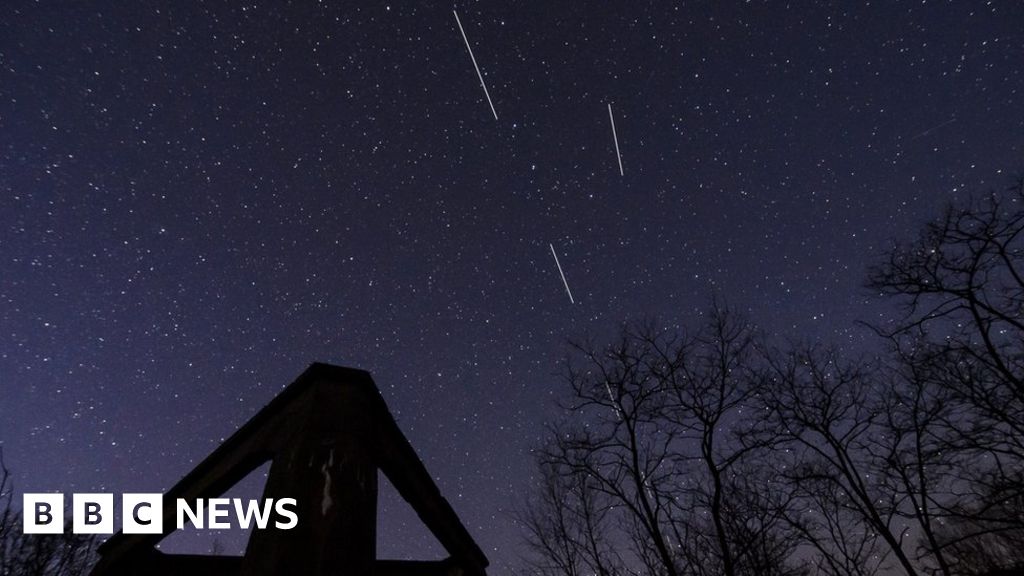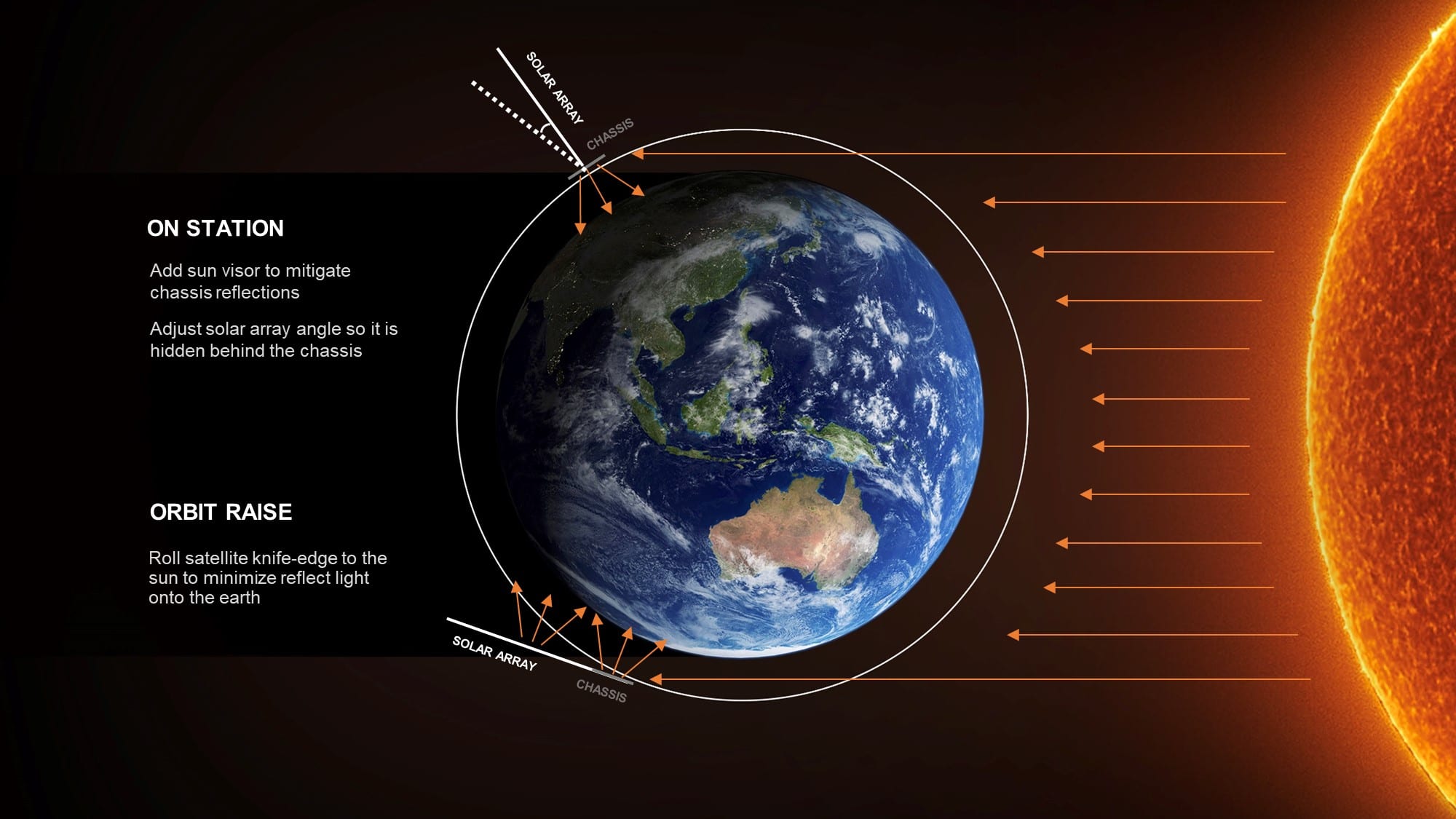Musk has finally agreed to do something about his satellites interfering with astronomers. But it sure required a bit of arm twisting, now didn't it?
The unprecedented scale of SpaceX's satellite internet project Starlink caused a public outcry from astronomers around the globe.

www-cnbc-com.cdn.ampproject.org
SpaceX CEO Elon Musk and members of his Starlink division gave a presentation on Monday before the National Academy of Sciences, Engineering, and Medicine on changes the company is making to its satellites.
Rocket builder SpaceX is rapidly becoming the world's foremost satellite operator, having launched 420 of its own satellites in the past year – with plans for thousands more.
However, the unprecedented scale of SpaceX's satellite internet project, known as Starlink, has caused a public outcry from astronomers around the globe. The network represents SpaceX's plan
to build a network of about 12,000 small satellites to provide high-speed internet to anywhere in the world.
Starlink satellites have appeared as bright streaks across images taken by telescopes, ever since SpaceX launched the first mission almost a year ago.
SpaceX in recent months has taken to addressing astronomer's concerns directly. The American Astronomical Society (AAS) in December noted that "the response from our community was loud enough that SpaceX reached out to the AAS looking to establish a line of communication."
On Monday, SpaceX CEO
Elon Musk and members of his Starlink division gave a presentation before the National Academy of Sciences, Engineering, and Medicine. The company's leadership gave updates on the changes SpaceX has made to the design of its Starlink satellites, as well as changes to how the satellites move in space, to help reduce the brightness and damage to astronomer's images.
"SpaceX is committed to making future satellite designs as dark as possible," the company said in a press release on Tuesday about the presentation.
"We also firmly believe in the importance of a natural night sky for all of us to enjoy, which is why we have been working with leading astronomers around the world to better understand the specifics of their observations and engineering changes we can make to reduce satellite brightness," SpaceX added.
"With the benefit of hindsight, the changes seem quite simple," Musk said during Monday's presentation. "We'll feel a bit silly in hindsight, as it's not that hard." ...

 findstarlink.com
findstarlink.com



